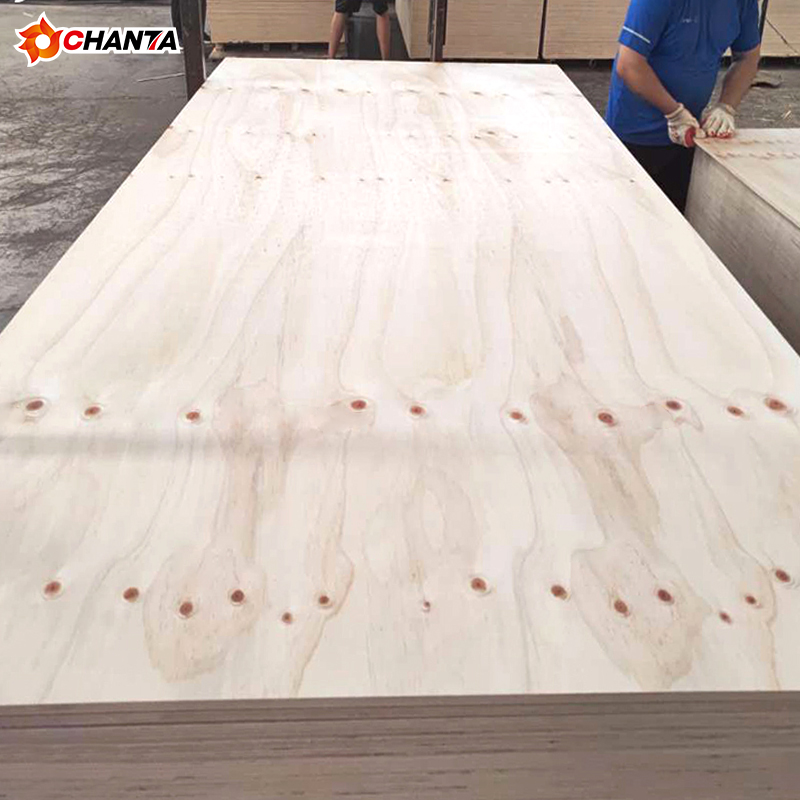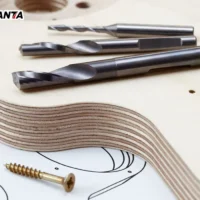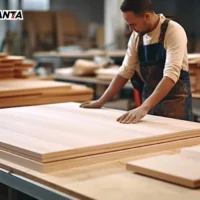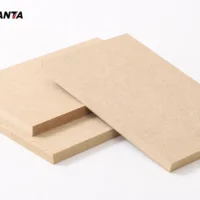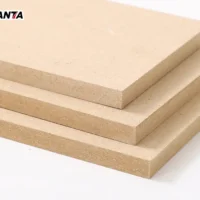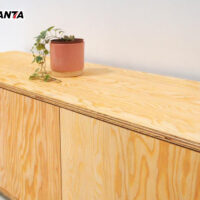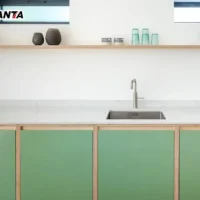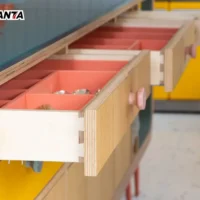Melamine faced chipboard is a popular and versatile material used in various industries, particularly in furniture and interior design. Known for its durability, affordability, and aesthetic appeal, MFC has become a preferred choice for both residential and commercial projects. This article will delve into the production process of, highlighting its key features and benefits.
1. The Production Process of Melamine Faced Chipboard
Melamine chipboard is manufactured using a combination of wood particles and resin. The process begins by collecting wood chips, which are often made from by-products of the wood industry. These wood chips are mixed with a strong adhesive resin, typically urea-formaldehyde, to bind the particles together.
Next, this mixture undergoes high-pressure pressing to form a dense and solid core. The high-pressure technique ensures that the board achieves the necessary strength and stability, making it suitable for heavy-duty applications. Once the core is formed, a layer of melamine-impregnated paper is applied to the surface.
The melamine coating is a key feature of this product. This resin-treated layer is heat-fused onto the surface of the chipboard, creating a smooth, hard, and wear-resistant finish. The result is a board that is highly durable and able to withstand impacts, scratches, and heat, making it ideal for environments that require robust materials.
2. Key Features of Melamine Faced Chipboard
a. Durability and Wear Resistance
One of the most significant advantages of melamine faced chipboard is its high durability. The melamine coating gives the board a hard surface that is resistant to scratches, impact, and wear. This makes it perfect for high-traffic areas such as kitchens, offices, and commercial spaces where furniture and surfaces are constantly in use.
b. Heat and Moisture Resistance
The melamine layer not only protects the surface from physical damage but also adds heat resistance. This feature makes melamine faced chipboard an excellent choice for surfaces like countertops and kitchen cabinets, where heat exposure is common. Additionally, while it is not fully waterproof, the board has decent moisture resistance, allowing it to be used in slightly humid environments such as bathrooms or laundry rooms.
c. Easy to Clean and Maintain
The smooth and non-porous surface of makes it easy to clean. Spills and stains can be wiped away quickly, and the material does not require any special cleaning products. This low-maintenance feature makes it ideal for furniture and interior fittings that are frequently used.
d. Wide Variety of Designs
It is available in a wide range of colors, patterns, and finishes. From natural wood grain effects to bold solid colors and matte or glossy finishes, the material can be customized to fit any interior design style. This flexibility makes it a popular choice for both modern and traditional spaces.
3. Applications of Melamine Faced Chipboard
Due to its versatility, melamine faced chipboard is used in numerous applications:
- Furniture: MFC is widely used in furniture production, such as wardrobes, shelving, and office desks. Its strength and aesthetic flexibility make it a cost-effective alternative to solid wood.
- Cabinetry: In kitchens and bathrooms, MFC provides a durable and attractive surface for cabinets and shelves.
- Wall Panels and Partitions: It is often used in wall panels and partitions in office buildings and commercial spaces due to its strength and clean appearance.
- Flooring: In certain types of laminated flooring, melamine faced chipboard serves as the base layer due to its stability and resilience.
4. Environmental and Economic Benefits
Melamine faced chipboard is considered an environmentally friendly option compared to solid wood. By using wood waste and by-products in its production, it helps reduce the demand for natural timber and contributes to sustainable resource management. Moreover, its cost-effectiveness makes it a popular choice for budget-conscious projects without sacrificing quality or aesthetics.
Conclusion
Melamine faced chipboard is a durable, versatile, and affordable material that has become indispensable in modern construction and design. Its production process, involving the high-pressure bonding of wood particles and resin, combined with the application of a protective melamine coating, ensures a long-lasting product that is resistant to wear, heat, and moisture. Whether for furniture, cabinetry, or wall panels, MFC offers a balance of performance and style, making it a top choice in various industries.














